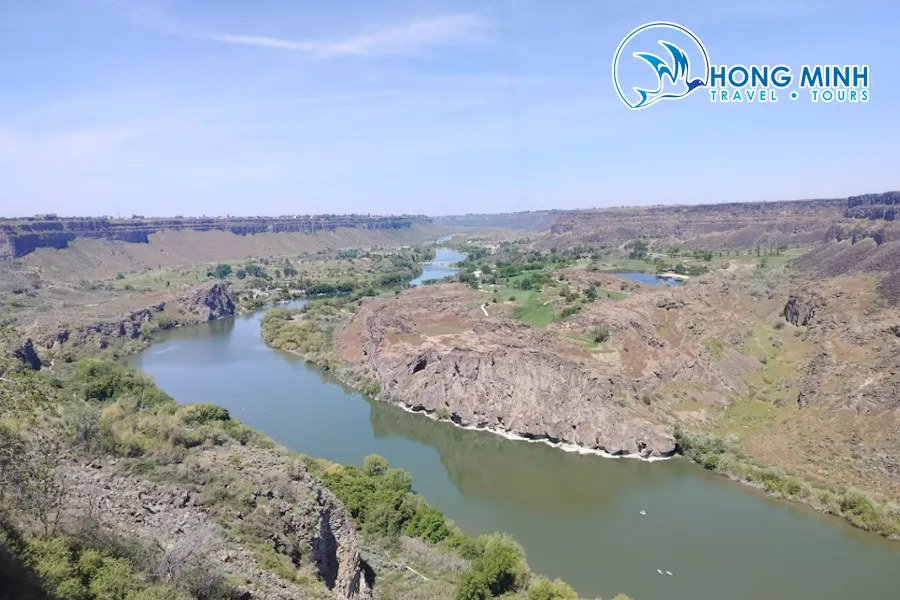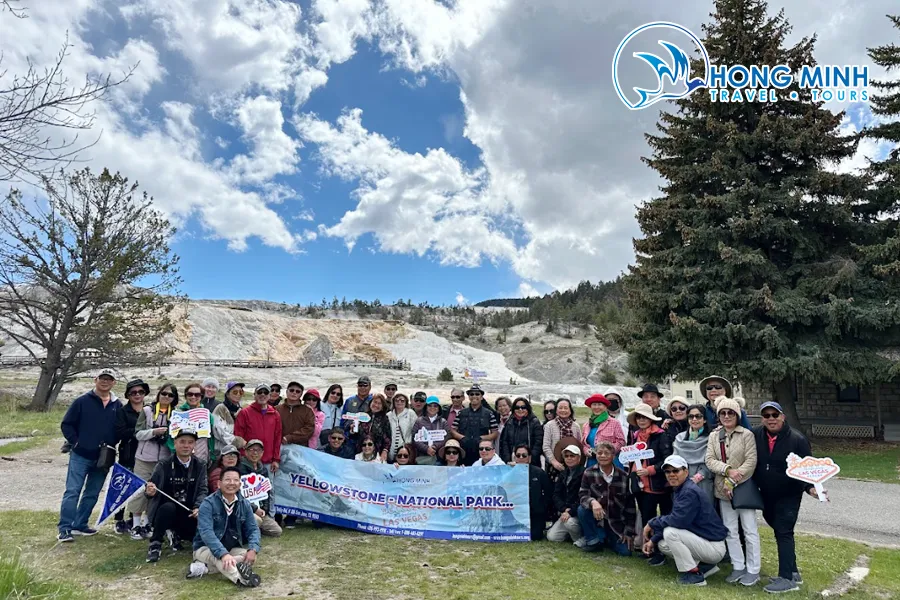Have you ever dreamed of immersing yourself in the wilderness, witnessing elegant white-tailed deer hiding in the deep forests, and capturing those breathtaking moments through the lens of your camera? If your answer is “yes,” then Idaho is the perfect destination for you. Renowned for its majestic natural landscapes, striking red rock canyons, and serene glacier rivers, Idaho is also a paradise for wildlife enthusiasts and photography lovers. Join “Travel the World” as we explore the exciting journey of white-tailed deer photography in this incredible region!
Idaho – A Land of Natural Wonders
Idaho, a mountainous state in the Northwestern United States, is famous for its untouched and diverse natural beauty. From the snow-covered Rocky Mountains to sprawling national forests, from emerald green lakes to picturesque winding rivers, Idaho offers endless surprises for visitors. Notably, it’s home to many rare wildlife species, including the white-tailed deer, a symbol of elegance and agility.
If you’re a nature lover and photography enthusiast, Idaho is undoubtedly a must-visit destination. Spring and summer are the best seasons to explore this region when the weather is mild, vegetation is lush, and wildlife is more active. You can combine your white-tailed deer photography adventure with visits to iconic national parks like Yellowstone (partially in Idaho), Grand Teton, Bryce Canyon, or Zion for a truly memorable trip.
Yellowstone Bear World – The Starting Point for Deer Photography
One of the best places to begin your white-tailed deer photography journey in Idaho is at Yellowstone Bear World. Despite its name focusing on bears, this wildlife park is home to many other animals, including white-tailed deer. Located near West Yellowstone, Montana, and Idaho Falls, Yellowstone Bear World is a perfect stop during a Northwestern U.S. exploration.
At Yellowstone Bear World, you’ll have the chance to observe white-tailed deer in their natural habitat up close. The park’s drive-through design allows visitors to slowly traverse animal habitats by car and watch them from a safe distance. This experience is an excellent opportunity to admire the beauty of white-tailed deer and practice wildlife photography skills before venturing into larger national forests.

The Graceful Beauty of Idaho’s White-Tailed Deer
The white-tailed deer is a large mammal belonging to the Cervidae family, commonly found in North, Central, and South America. They are recognized by their distinctive white tails, which they raise as a signal when startled or alarmed—an alert system for their peers. With their slender body and long, agile legs, white-tailed deer can maneuver through dense forests and grasslands with ease.
In Idaho, white-tailed deer inhabit various environments, from coniferous and mixed forests to grasslands and shrub areas. They primarily feed on plants, including leaves, young shoots, berries, and other vegetation. During spring and summer months, when food is abundant, white-tailed deer are most active at dawn and dusk. These times offer prime opportunities for spotting and photographing these elegant creatures.

Tips for Capturing Stunning White-Tailed Deer Photos
To capture breathtaking photos of white-tailed deer, you’ll need the right knowledge and skills. Here are some useful tips:
- Understand deer behavior: Familiarizing yourself with the habitat, eating habits, and activity patterns of white-tailed deer will make it easier to locate and approach them. Research online, read books, or seek advice from experienced individuals.
- Choose the right time: Sunrise and sunset provide the best light conditions of the day and coincide with the deer’s peak activity. The soft lighting during these times will result in enchanting and atmospheric photos.
- Be patient and silent: Wildlife photography requires patience and the ability to wait. Find a good hiding spot, stay quiet, and observe your surroundings. White-tailed deer are sensitive to noise and movement, so move carefully and minimize disturbances.
- Use a telephoto lens: A telephoto lens is essential for wildlife photography. Its zoom capabilities allow you to take sharp close-up shots without approaching too closely, which can scare the animals.
- Shoot in continuous mode: White-tailed deer move swiftly, so using a camera’s burst mode ensures you won’t miss any magical moments. You can then choose the best shots afterward.
- Respect nature and wildlife: Always remember that you are entering wildlife habitats. Maintain a safe distance, avoid feeding animals, minimize noise, and refrain from disrupting the natural environment.

Discover More Exciting Destinations in Idaho
Besides Yellowstone Bear World, Idaho boasts numerous national forests and state parks that serve as ideal habitats for white-tailed deer. You can explore places like Sawtooth National Forest, Panhandle National Forest, or Farragut State Park to continue your photography adventure. Each destination offers unique landscapes and opportunities to encounter other wildlife species.
While in Idaho, don’t forget to visit other notable locations such as Snake River Canyon and Twin Falls near Idaho Falls. You can also explore Boise, the state’s lively capital, visit historical and cultural museums, or enjoy local culinary specialties.
Conclusion
Photographing white-tailed deer in Idaho is a unique and unforgettable experience, blending the passion for photography with the love for the natural world. Idaho’s diverse and abundant natural beauty will surely leave you captivated. Start planning your trip today, and get ready to capture amazing moments with graceful white-tailed deer in the wilderness! Wishing you a successful photography journey and an enriching exploration of Idaho!